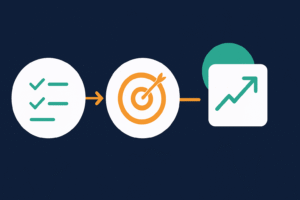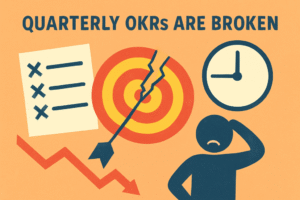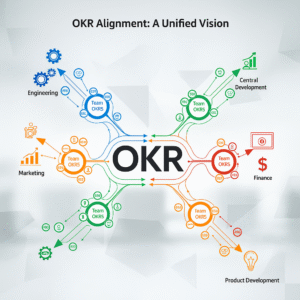Business agility helps you build resilient systems, as we’ve described in this previous article. Resiliency helps manage risks and keep systems available even under stress. In this article, we want to highlight the corollary of why business agility needs resilient systems to succeed.
If you want to learn more about what makes a system resilient, check out this article.
Understand each part of our system
Ideally, every part of the system would be made resilient. However, making a part of the system resilient through automation or other means requires investment and may increase complexity. Your business has to prioritize which parts of your system to make resilient. To do that effectively you need to understand what each part does.
Let’s look at Toyota for example. They understand that their value comes from being able to make cars. They also have invested in understanding the impact of each part of their systems and which of the thousands of parts that go into making a car are most critical and hardest to obtain. This allows them to stock up on essential car parts so they can continue making cars, even in the face of a global chip and supply shortage.
Persevere through failures to gain the benefits
When something goes wrong and automation is blamed for it, people want to return to the manual way of working. Automation has value and can reduce unnecessary work but if people have not truly bought into the change that automation brought, they will look for ways to return to what they are comfortable with.
Just because automation fails at first shouldn’t be a signal to go back to manual work, but to instead look for the cause of failure and address it. Only if you persevere through failure will you be able to gain the benefits a resilient system will provide on your business agility journey.
Understanding that failure is valuable
There’s this idea that failure and re-work are uncommon and that if your team is facing them then something is wrong. Failure is an essential part of success. Every failure in business is an opportunity to learn and rebuild. It allows you to circle back to important previous projects, assess what could’ve been done better, and how you can achieve a better result in the future.
Resiliency is important because it allows you to learn from failure while still providing value. Using Toyota as an example again, the concept of the andon cord that workers pull when they see a problem on the line calls attention to a potential problem. Toyota also monitors to ensure that the cord is being pulled. If the trend in daily cord pulls is going down, they take action such as tightening tolerances. They understand there is value in failure and the learning it brings. The cord doesn’t stop the line entirely, merely slows it for a time.
Conclusion
Learning from failure is essential to building your resilience, and in turn your business agility. If you want to learn more about this topic and how organizations approach it, give this episode of the Definitely, Maybe Agile Podcast a listen!




